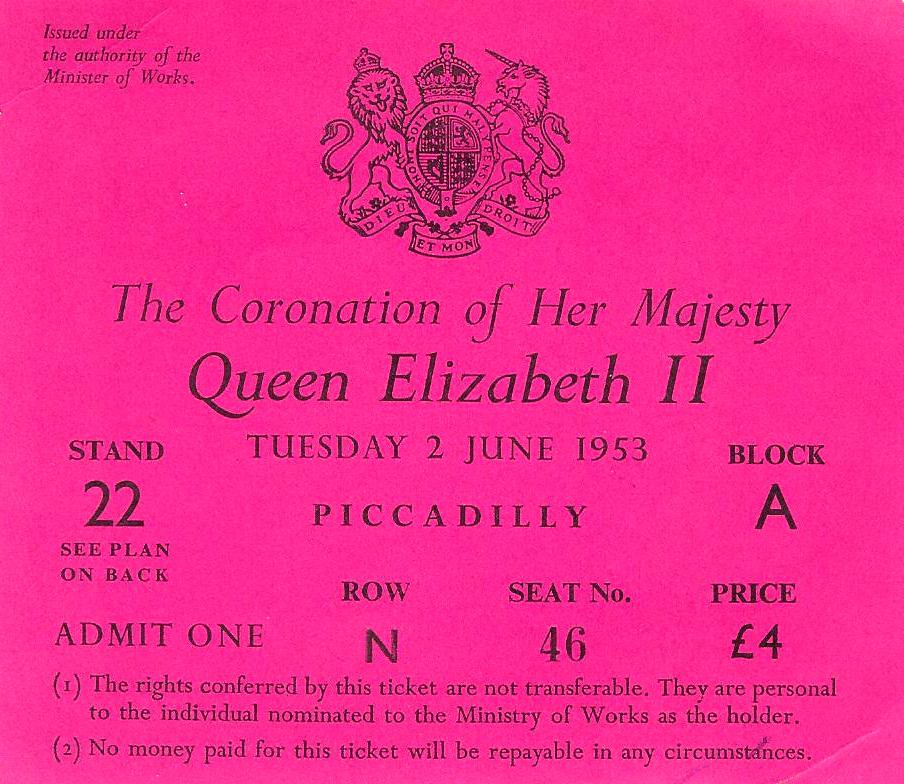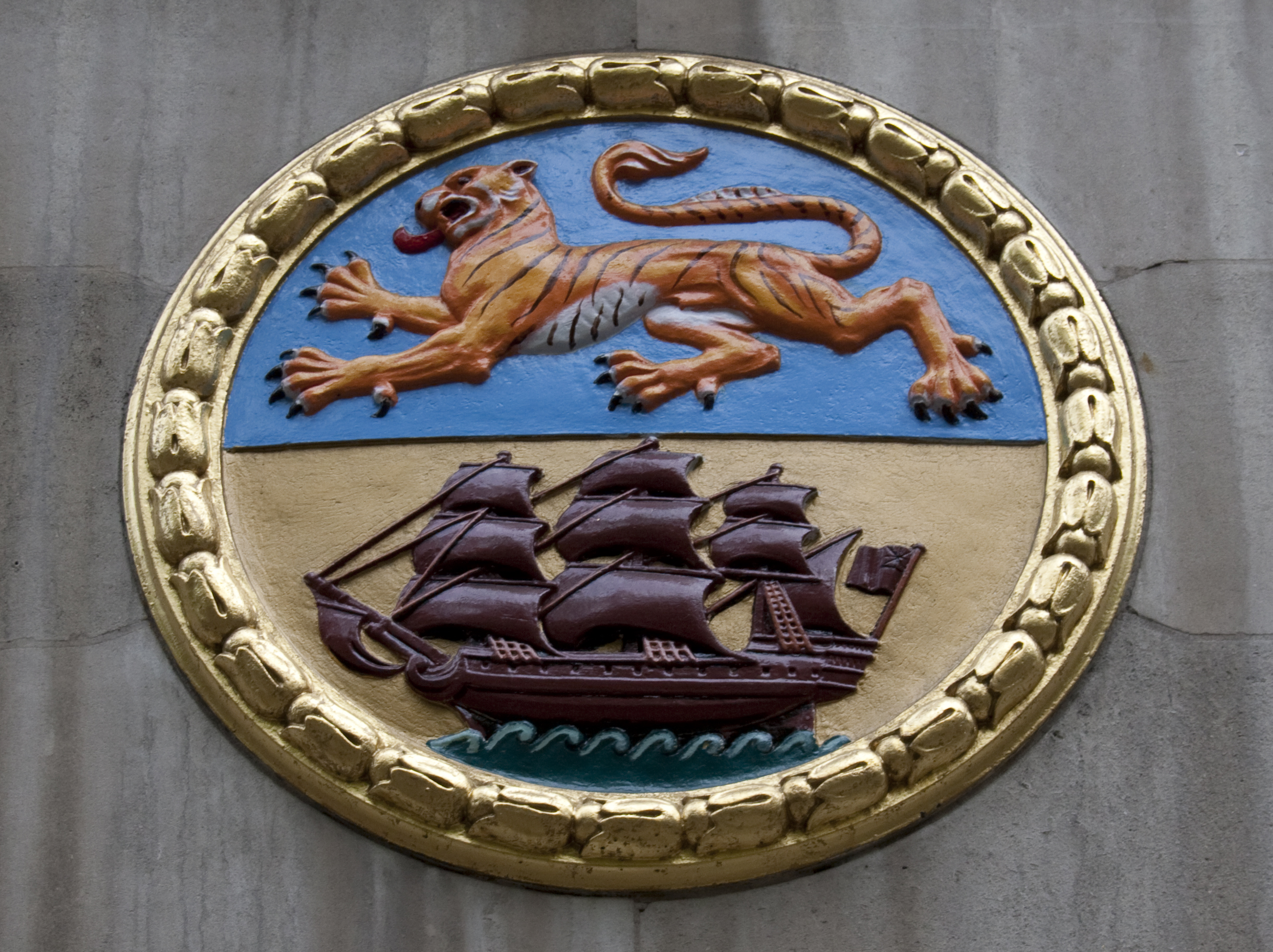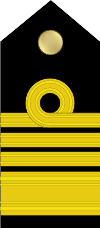|
Nilakanta Krishnan
Vice Admiral Nilakanta Krishnan, PVSM, DSC (8 June 1919 – 30 January 1982), was a former flag officer in the Indian Navy. He was the Flag Officer Commanding-in-Chief Eastern Naval Command during the 1971 Indo-Pakistani War. Born in a reputed Tamil Brahmin family in Nagercoil, Krishnan joined the Training Ship Dufferin in 1935, where his batchmate was Jal Cursetji. After training on various ships of the Royal Navy, he was posted to the survey ship HMIS ''Investigator''. During the Anglo-Soviet invasion of Iran in August 1941, Krishnan boarded and captured an Iranian gunboat after a firefight. For this action, he was awarded the Distinguished Service Cross, the first awarded to the Royal Indian Navy. Following the Independence of India, Krishnan served as Staff Officer Plans and later as Director of Naval Plans and Intelligence at Naval headquarters. He subsequently attended the Joint Services Staff College, Latimer and appointed Deputy Naval Advisor at High Commission o ... [...More Info...] [...Related Items...] OR: [Wikipedia] [Google] [Baidu] |
Vice Admiral (India)
Vice admiral is a three-star flag officer rank in the Indian Navy. It is the second-highest active rank in the Indian Navy. Vice admiral ranks above the two-star rank of rear admiral and below the four-star rank of admiral, which is held by the Chief of the Naval Staff (CNS). The equivalent rank in the Indian Army is lieutenant general and in the Indian Air Force is air marshal. Officers in the rank of vice admiral hold important appointments at the naval commands and at the naval headquarters. History Admiral Ram Dass Katari was the first Indian to be promoted to the rank of Vice admiral. On 22 April 1958, he took over as the first Indian Chief of the Naval Staff (CNS) and promoted to the substantive rank of Vice Admiral. From 1948 to 1968, the appointment of CNS, the professional head of the Indian Navy was held by a vice admiral. The position of the CNS was upgraded from vice admiral to admiral in 1968. The first officer to hold the rank was Admiral Adhar Kumar ... [...More Info...] [...Related Items...] OR: [Wikipedia] [Google] [Baidu] |
Flag Officer Commanding-in-Chief Eastern Naval Command
The Eastern Naval Command is one of the three command-level formations of the Indian Navy. It is headquartered in Visakhapatnam, Andhra Pradesh. The command is responsible for the all naval forces in the Bay of Bengal and parts of the Indian Ocean and the naval establishments on the east coast of India. The Command was established on 1 March 1968. The Command is commanded by a Three Star Flag Officer of the rank of Vice Admiral with the title Flag Officer Commanding-in-Chief Eastern Command (FOC-in-C). Vice Admiral Biswajit Dasgupta is the current FOC-in-C ENC, who took over on 30 November 2021. History After the independence and the partition of India on 15 August 1947, the ships and personnel of the Royal Indian Navy were divided between the Dominion of India and the Dominion of Pakistan. The division of the ships was on the basis of two-thirds of the fleet to India, one third to Pakistan. The Surface Fleet of the Navy was called Indian Fleet and was commanded by the Flag ... [...More Info...] [...Related Items...] OR: [Wikipedia] [Google] [Baidu] |
Cabinet Secretariat (India)
The Cabinet Secretariat ( IAST: ''Mantrimanḍala Sacivālaya'') is responsible for the administration of the Government of India. It functions from the Secretariat Building, New Delhi, where most of the Cabinet of India sits. It comprises a set of two buildings on opposite sides of Kartavya Path which are home to some of the most important ministries of the Government of India, situated on Raisina Hill, New Delhi, India. Overview The Cabinet Secretariat is responsible for the administration of the Government of India (Transaction of Business) Rules, 1961 and the Government of India (Allocation of Business) Rules 1961, facilitating a smooth transaction of business in Ministries/ Departments of the Government by ensuring adherence to these rules. The Secretariat assists in decision-making in Government by ensuring Inter-Ministerial coordination, ironing out differences amongst Ministries/ Departments and evolving consensus through the instrumentality of the standing/ad hoc Com ... [...More Info...] [...Related Items...] OR: [Wikipedia] [Google] [Baidu] |
Coronation Of Elizabeth II
The coronation of Elizabeth II took place on 2 June 1953 at Westminster Abbey in London. She acceded to the throne at the age of 25 upon the death of her father, George VI, on 6 February 1952, being proclaimed queen by her privy and executive councils shortly afterwards. The coronation was held more than one year later because of the tradition of allowing an appropriate length of time to pass after a monarch dies before holding such festivals. It also gave the planning committees adequate time to make preparations for the ceremony. During the service, Elizabeth took an oath, was anointed with holy oil, was invested with robes and regalia, and was crowned Queen of the United Kingdom, Canada, Australia, New Zealand, South Africa, Pakistan, and Ceylon (now Sri Lanka). Celebrations took place across the Commonwealth realms and a commemorative medal was issued. It has been the only British coronation to be fully televised; television cameras had not been allowed inside the abbey ... [...More Info...] [...Related Items...] OR: [Wikipedia] [Google] [Baidu] |
Training Ship
A training ship is a ship used to train students as sailors. The term is mostly used to describe ships employed by navies to train future officers. Essentially there are two types: those used for training at sea and old hulks used to house classrooms. The hands-on aspect provided by sail training has also been used as a platform for everything from semesters at sea for undergraduate oceanography and biology students, marine science and physical science for high school students, to character building for at-risk youths. Notable training ships Royal Navy * * * * * * * ''Cornwall'' * * * * * * '' Indefatigable'' * , including adjacent * * * * ''Mount Edgcumbe'' * * * '' Warspite'' (1877) * '' Warspite'' (1922) * * '' Wellesley'' * Other navies * Algerian Navy ** '' El-Mellah'' * Argentine Navy ** ** * Bangladesh Navy ** BNS ''Shaheed Ruhul Amin'' * Brazilian Navy ** ''Cisne Branco'' * Bulgarian Navy ** * Royal Canadian Navy ** (sail training) ** HMCS ... [...More Info...] [...Related Items...] OR: [Wikipedia] [Google] [Baidu] |
High Commission Of India In London
The High Commission of India in London is the diplomatic mission of India in the United Kingdom. It is located in India House on Aldwych, between Bush House, what was Marconi House (now Citibank) and Australia House. It faces both the London School of Economics and King's College London. Since 1981, India House is a Grade II listed building. History In 1919, a committee chaired by the Marquess of Crewe determined there existed the need to separate the agency work of the India Office from its other political and administrative roles, and recommended the transfer of all such work to "a High Commissioner for India or some similar Indian Governmental Representative in London." It was also felt popular opinion in India would view this as a step towards full Dominion status for India. The Government of India Act 1919 upheld the recommendations of the committee, making provision for "the appointment of a High Commissioner by His Majesty by Order in Council, which might delegate to ... [...More Info...] [...Related Items...] OR: [Wikipedia] [Google] [Baidu] |
Joint Services Staff College (UK)
The Joint Service Defence College (JSDC) was a training academy for British military personnel from 1983 to 1997. It has since been amalgamated into the Joint Services Command and Staff College. History The college was established as the Combined Staff College (CSC) in 1947. The college was an independent Ministry of Defence Establishment offering courses to officers of all three services. It was based at Latimer House in Latimer, Buckinghamshire. It was renamed the National Defence College (NDC) in 1971. On 12 February 1974, the IRA detonated a bomb at the NDC; there were no fatalities. In 1983 CSC was renamed the Joint Service Defence College (JSDC), and moved to the Royal Naval College, Greenwich. The college was closed in 1997 and amalgamated into the new Joint Services Command and Staff College. Staff and students The Commandant was a Major-general or equivalent. Senior Directing Staff included Royal Navy, British Army, Royal Air Force, civilian colonels and equivalent: civili ... [...More Info...] [...Related Items...] OR: [Wikipedia] [Google] [Baidu] |
Independence Of India
The Indian independence movement was a series of historic events with the ultimate aim of ending British Raj, British rule in India. It lasted from 1857 to 1947. The first nationalistic revolutionary movement for Indian independence emerged from Bengal. It later took root in the newly formed Indian National Congress with prominent moderate leaders seeking the right to appear for Indian Civil Service (British India), Indian Civil Service examinations in British India, as well as more economic rights for natives. The first half of the 20th century saw a more radical approach towards self-rule by the Lal Bal Pal, Lal Bal Pal triumvirate, Aurobindo Ghosh and V. O. Chidambaram Pillai. The final stages of the independence struggle from the 1920s was characterized by Congress' adoption of Mahatma Gandhi's policy of non-violence and Salt March, civil disobedience. Intellectuals such as Rabindranath Tagore, Subramania Bharati, and Bankim Chandra Chattopadhyay spread patriotic awarenes ... [...More Info...] [...Related Items...] OR: [Wikipedia] [Google] [Baidu] |
Survey Ship
A survey vessel is any type of ship or boat that is used for underwater surveys, usually to collect data for mapping or planning underwater construction or mineral extraction. It is a type of research vessel, and may be designed for the purpose, modified for the purpose or temporarily put into the service as a vessel of opportunity, and may be crewed, remotely operated, or autonomous. The size and equipment vary to suit the task and availability. Role The task of survey vessels is to map the bottom, and measure the characteristics of the benthic zone, full water column, and surface for the purpose of: * hydrography, the measurement and description of the physical features of oceans and other natural bodies of water, and the prediction of their change over time, for the primary purpose of safety of navigation and in support of other activities associated with those bodies of water, * general oceanography, the scientific study of the oceans, * mapping of marine habitats as part ... [...More Info...] [...Related Items...] OR: [Wikipedia] [Google] [Baidu] |
Royal Navy
The Royal Navy (RN) is the United Kingdom's naval warfare force. Although warships were used by English and Scottish kings from the early medieval period, the first major maritime engagements were fought in the Hundred Years' War against France. The modern Royal Navy traces its origins to the early 16th century; the oldest of the UK's armed services, it is consequently known as the Senior Service. From the middle decades of the 17th century, and through the 18th century, the Royal Navy vied with the Dutch Navy and later with the French Navy for maritime supremacy. From the mid 18th century, it was the world's most powerful navy until the Second World War. The Royal Navy played a key part in establishing and defending the British Empire, and four Imperial fortress colonies and a string of imperial bases and coaling stations secured the Royal Navy's ability to assert naval superiority globally. Owing to this historical prominence, it is common, even among non-Britons, to ref ... [...More Info...] [...Related Items...] OR: [Wikipedia] [Google] [Baidu] |
Jal Cursetji
Admiral Jal Cursetji, PVSM (20 May 1919 – 29 January 1991) was a former Flag Officer in the Indian Navy. He served as the ninth Chief of the Naval Staff (CNS) from 1 March 1976 until 28 February 1979. He was the first hydrographer to serve as the CNS. Born in a Parsi family in Jabalpur, Cursetji joined the Training Ship Dufferin in 1935, where his batchmate was Nilakanta Krishnan. After training on various ships of the Royal Navy, he served on the Aubrietia-class sloop and the Bathurst-class corvette . In 1944, he commanded ''HMIS Bombay''. After specialising in hydrography in the United Kingdom, he was tasked with the planning of setting up a hydrographic office in India. He served as the Surveyor-in-Charge, Marine Survey of India and commanded the survey ship INS Investigator. He was the first Indian to serve as the Chief Hydrographer of the Navy, from 1955 to 1957. Cursetji subsequently commanded the 11th destroyer squadron and the lead ship and served for about four ... [...More Info...] [...Related Items...] OR: [Wikipedia] [Google] [Baidu] |



.jpg)



